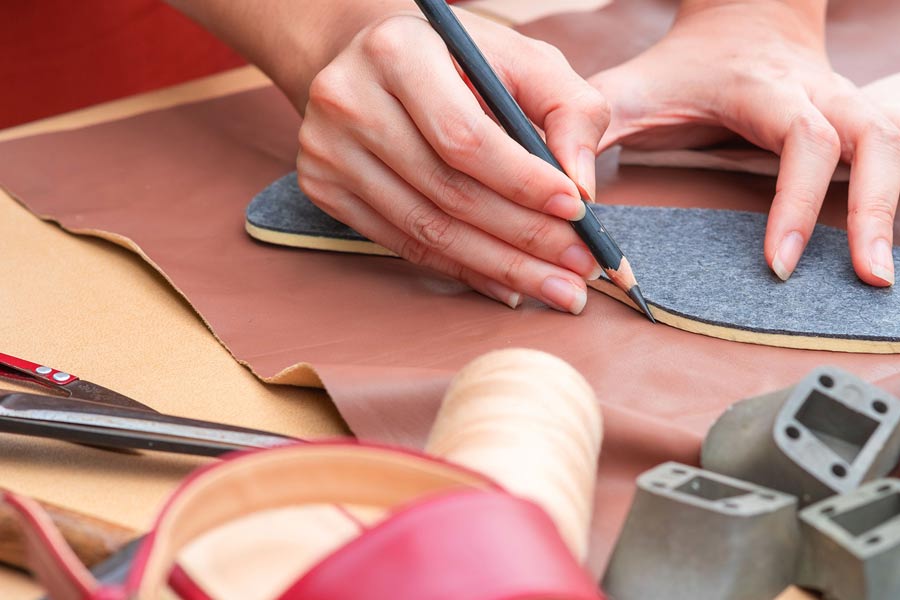
19 Jun How Are Modern Manufacturing Techniques Enhancing Leather Tools? Bridging Tradition and Innovation
The fusion of time-honored traditions with modern manufacturing techniques is not just revitalizing; it’s revolutionary. As we delve into how contemporary methods are enhancing the tools of this ancient craft, it becomes clear that this blend of old and new is essential for meeting today’s consumer demands while preserving the artisanal essence of leatherwork.
Precision Engineering in Tool Design
Today’s leather tools are a far cry from their rustic predecessors, thanks to precision engineering. Technologies like CNC machining and laser cutting are at the forefront, transforming tool production with their unparalleled accuracy. These methods not only ensure that each tool is consistently effective but also enhance durability and ergonomic design, making leather crafting more efficient and less physically taxing.
Advanced Materials and Alloys
The introduction of advanced materials such as titanium and carbon fiber is redefining the durability and handling of leather tools. These materials are celebrated for their exceptional strength-to-weight ratios and resistance to corrosion. Tools crafted from these materials are not only lighter and easier to handle but also stand the test of time against the rigors of leatherwork, representing a perfect marriage of strength and precision.
Automation and Robotics in Production
The integration of automation and robotics in manufacturing leather tools marks a significant leap towards scalability and efficiency. Robotics take on repetitive tasks with precision, from material handling and assembly to quality control. This automation not only speeds up production but also ensures each tool meets the same high standards, paving the way for leather craftsmen to rely on their tools’ consistency.
Customization and Personalization Options
In an era where personalization is key, modern manufacturing technologies are enabling artisans to have tools that reflect their personal style and meet specific needs. Digital design software and 3D printing, in particular, allow for the customization of handles, engravings, and unique blade shapes, providing leather workers with tools that are as individual as the items they create.
Quality Assurance and Testing Procedures
With the adoption of modern manufacturing, quality assurance has become more robust than ever. Today, leather tools undergo rigorous testing using advanced computer simulations and high-tech equipment to ensure they can handle real-world use. This meticulous testing ensures that every tool that reaches a craftsman’s bench is safe, reliable, and ready to perform.
Sustainable Manufacturing Practices
As the call for sustainability grows louder, the leather tool industry is not behind. Manufacturers are increasingly adopting green practices, including using solvent-free processes and recycling waste materials into new tools. These efforts not only minimize environmental impact but also resonate with eco-conscious consumers who value sustainability in their crafting tools.
Collaboration with Artisans and Designers
Perhaps one of the most exciting aspects of modern manufacturing in leather tool production is the collaboration between tech-driven manufacturers and traditional leather artisans. These partnerships are crucial as they blend practical, hands-on experience with innovative manufacturing techniques to develop tools that are both inspired by tradition and enhanced by technology.
Conclusion
The impact of modern manufacturing on leather tool production is profound and far-reaching. By embracing these advanced techniques, the industry not only preserves the craftsmanship of leatherworking but also enhances it, ensuring that it remains relevant and vital in the 21st century. As we look to the future, the continued integration of technology in traditional crafts like leatherworking is not just beneficial; it’s essential for the evolution of the craft and the satisfaction of the craftsmen and consumers alike.


